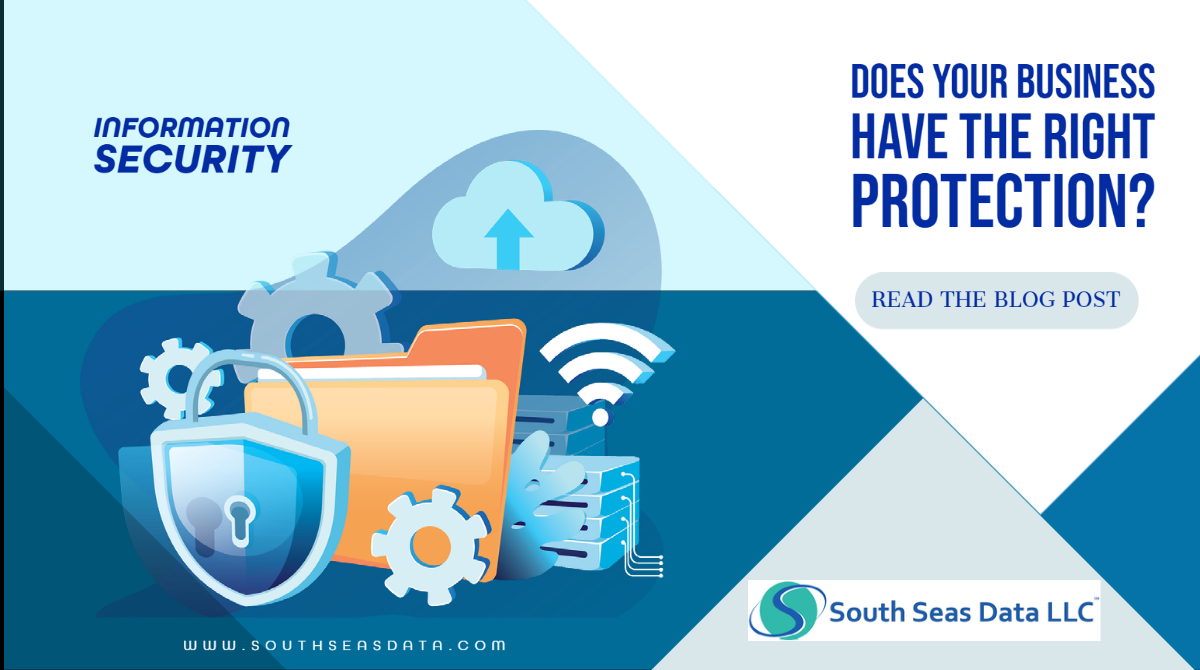
Information Technology Security
A very important concept about security is that it’s not set and forget, so there is a constant maintenance cycle that you have to follow. There is due diligence you have to follow through with, and this is on the part of not just the IT security administrators, network administrator, or desktop technicians. This is on the part of everybody in the company, so this is something that’s oftentimes overlooked, sometimes difficult to employ. You want to get everybody involved in this because if there’s a problem and somebody notices it and it doesn’t directly impact their job, they should be reporting that to somebody so that you as the IT administrator. You as the INFOSEC personnel can look at that and determine does anything need to be done with that? Or are we okay with that current process? This leads a lot into things like specific security over applications, patching applications, life cycle management on applications.
That’s really where this is important because software is software. It will have bugs, it will have problems, it will get exploited at some point in time, and that’s why there are companies out there like South Seas Data that’s specifically try to help you manage these things. We will help you determine what those risks are, and help you along the way and ensuring that you have policies and practices and potentially even the software to help you do this job without it becoming a monumental task. Ultimately it’s a due diligence process that keeps you from getting into this point where once or twice year you’re panicking to install hundreds of patches and to solve problems that may have come up or may not have come up. This should be a consistent, ongoing process that is not as painful to you and that’s very easy to do, and that should just be second nature.
You’re applying these patches and you’re putting these things in place, and of course you have to have policies to test these things and to validate them for business practices. You may have mitigatable risks that have to be out there in the open, because your business requires those things, but at least those are documented. You know about them and you know what you’re doing, that way you’re sitting there comfortable being the IT administrator that your network is secure. You’ve done your job, and now you’re ready for whatever’s coming to you.
How to mitigate the risks?
Then, when you come up with that, that’s where you kind of get to this risk and management is what you’re doing at that point. You are mitigating risks, you’re not avoiding risks. That’s why we say it’s kind of a shaky area because you can avoid a lot of risks and what you talk about trying to be proactive with things but a lot of times your business requires you to be reactive or requires you to mitigate a risk instead of completely get rid of it. That is just the nature of the world and how this stuff works. That’s why Info Sec security people are a thing that companies have to employ, is that the business doesn’t allow you to become completely proactive.
That’s where South Seas Data, with our experience, we can come to help you understand what are the risks. That’s the important first step is, identify, figure out what the risks are and then mitigate. That’s where you’re two stepping and oversimplifying process a bit but that is the simplistic view of it, is that you want to identify and mitigate. That way, you’re doing the best you can with the tools that you’ve been given and the abilities you have to secure as much as you can without taking your business down to a call.
Are you interested in learning more on how we can help provide the best in security and innovation to your customers? Contact us.

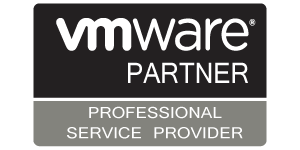
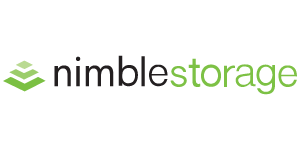
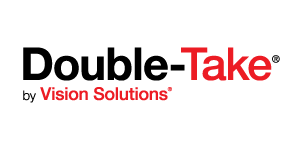
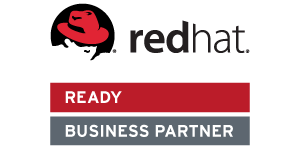
Recent Comments